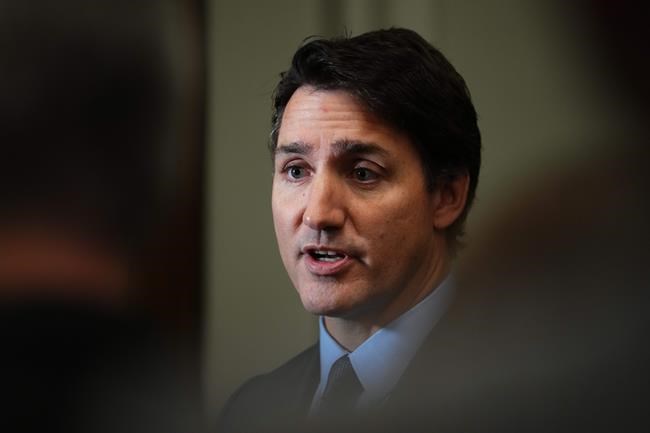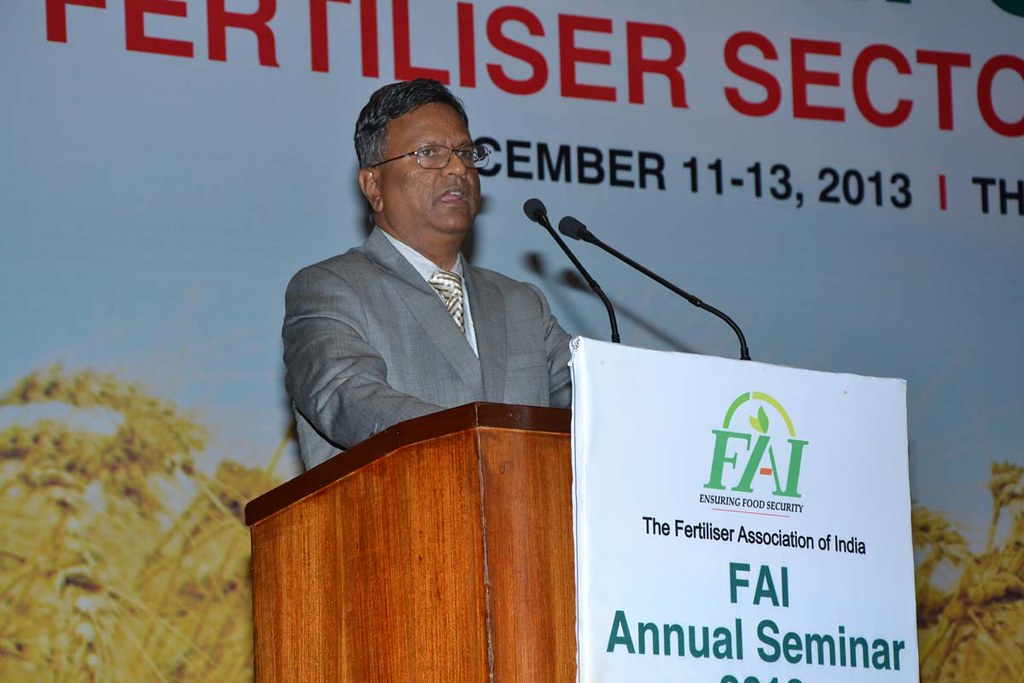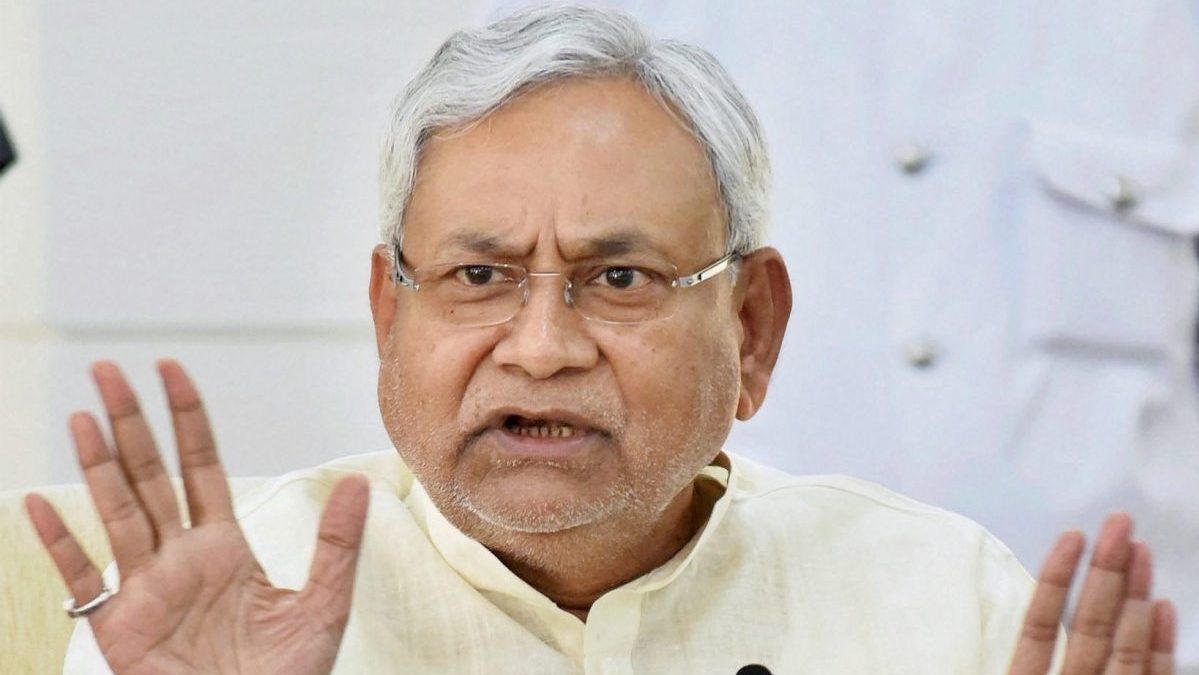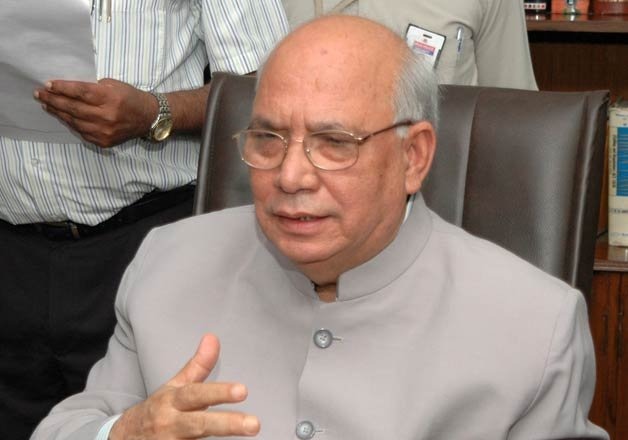Starting on January 1, 2024, Canada will implement substantial changes to its study permit program for international students. These changes include a reduction in the number of study permits issued, limitations on working hours, and an increase in the financial requirement for study permit applicants. The cost-of-living financial requirement will be raised from the current amount of $10,000 to $20,635. Additionally, applicants will need to demonstrate sufficient funds to cover their first year of tuition fees and travel expenses. These adjustments aim to enhance the preparedness of international students for their lives in Canada. The minister asserts that the current situation has reached a point where further action is necessary.
Indeed, the truth is, these changes were made because there are too many students in Canada, no proper housing arrangements, no jobs, and Canadians, including foreign students, depend on food banks, while many food banks denied catering to international students last month. After that, many Canadians made noise about why these international students depended on food banks while Canadian immigration policy required $10,000 while they studied.
The blame lies with the government and loan companies that exploit students for visa money. The government will be increasing the student permit fee starting on January 1, 2024. Proof of funds is required annually along with tax returns. However, this is still insufficient. Once a student is approved for a study visa and arrives in Canada, they will repay the loan, and their bank account will be left with very little funds. The government must make it mandatory for them to provide proof of their bank statement every month to demonstrate that they have sufficient funds in their account.
Also, life's unpredictable, and while students sometimes need a helping hand so do we. Don't punish the good for the bad and the flawed.
However, Canada was once a popular destination for immigrants seeking to earn a living, but the situation has deteriorated due to these problems. From there, the immigrants have either chosen to move to other countries or return to their homeland. The number of immigrants entering Canada has been steadily rising since the 1980s, according to a recent survey by the Conference Board of Canada for the Institute for Canadian Citizenship (ICC), titled "The Leaky Bucket: A Study of Immigrant Retention Trends in Canada." This trend gained momentum in both 2017 and 2019, resulting in a significant 31 percent increase in average revenue. The number increased after COVID-19 as the economic condition of Canadians generally declined.
The Parliamentary Budget Office (PBO) has released their analysis of the Liberal fall minibudget, which can be summarized as follows: prices are increasing, debt is increasing, taxes are increasing, and time is running out. After eight years under Justin Trudeau's leadership, Canadians are facing the challenge of managing a significant increase in national debt, amounting to one hundred billion dollars. This surge in debt has contributed to higher inflation rates, resulting in a situation where the government's wealth has grown while the financial well-being of the general population has declined.
In their analysis, the PBO reported that the deficit will be $8.5 billion worse this year than the Liberals promised, meaning more Canadian tax dollars will be spent servicing interest costs on Trudeau’s debt. On top of this, they will add another $20.7 billion in inflationary debt, despite warnings from the Governor of the Bank of Canada that this will make everything more expensive.
Justin Trudeau’s uncontrolled spending will keep inflation and interest rates higher for longer, pushing already struggling Canadians over the edge. And this reckless spending risks a mortgage meltdown on the $900 billion of mortgages that will renew over the next three years.
Immigration and reverse migration hurt Canada's population balance. In 2010, 14.1% of Canada's population was 65 or older, according to Statistics Canada. By 2022, it had jumped to 19%. Migration disruption could fuel these trends. In 1966, 7.8% of Canadians were over 65. In 2022, it dropped to 3.4%, and by 2050, it will likely be below 3%. This affects government funds by having fewer taxpayers and more people relying on support. More elderly, more strain on healthcare.
Canada's aging population poses a big challenge for policymakers. Canada actively encourages young immigrants, offering various immigration options such as granting permanent resident status to international students after they finish their studies. This approach remains popular among policymakers. Canada will welcome 485K immigrants in 2024 and 500K in 2025. Canada welcomes skilled workers, temporary workers, and international students as immigrants. Each worker faces unique challenges. Skilled workers in Canada: excitement turns to challenges. Skilled individuals struggle to find suitable jobs and often settle for low-paying work to provide for their families.
America prefers to hire educated people, even if they do not have the same educational qualifications and experience as other immigrants.
The process of getting a license is quite complicated and expensive and takes a lot of time to complete. The influx of international students increased after Canada eased the rules to allow part-time work immediately after school admission. This also benefited the Canadian economy immensely. By 2022, more than 8 million study permit holders will be enrolled in educational institutions. In 2022, the contribution of international students to Canada's gross domestic product was estimated to reach $22 billion, helping to create nearly 200,000 jobs.
International students are usually paid the minimum wage, which helps small and retail entrepreneurs run their businesses. After completing two years of education and one year of work experience in Canada (1560 hours), a person is eligible to apply for Permanent Residence (PR) but the PR is awarded based on Comprehensive Ranking System (CRS) scores. goes CRS is a points-based system that is used to measure one's score and rank in the Express Entry pool.
The CRS score depends on language, education, work, and age. The CRS cut-off varies in each PR draw round. 2022 saw CRS scores ranging from 491 to 557. The cut-off price depends on applicants, scores, and housing decisions. On October 23, 2023, 214,873 applications were in the pool. Only 3,600 applicants with scores of 431 or higher were invited for the draw on October 26. Applicants must wait a long time to earn more points. They'll be temporary workers with a three-year permit. Earn extra points by getting a job offer or LMIA approval. There were few applications and many rejections.
The government sometimes lowers the CRS score requirement, like in 2021, when it dropped to 75, helping many applicants. Exemptions remain uncertain in terms of amount and timing. International students often go back home. Indian students wait and try various tactics to boost their CRS score, but it's not for everyone. CBC News reported that half of international students had no tax records after finishing their studies, indicating they likely went back home. According to an ICC survey that the same channel cited, 23% of educated new Canadians intend to leave the country in the next two years.
High living costs here make migrants give up on their dreams. Canada's inflation is squeezing wallets as wages remain stagnant. Canada offers immigration, refugee, and citizenship programs but lacks support for their long-term maintenance. The road to residency is a maze of rules and surprises.
Surjit Singh Flora is a veteran journalist and freelance writer based in Brampton Canada








 OpinionExpress.In
OpinionExpress.In















Comments (0)